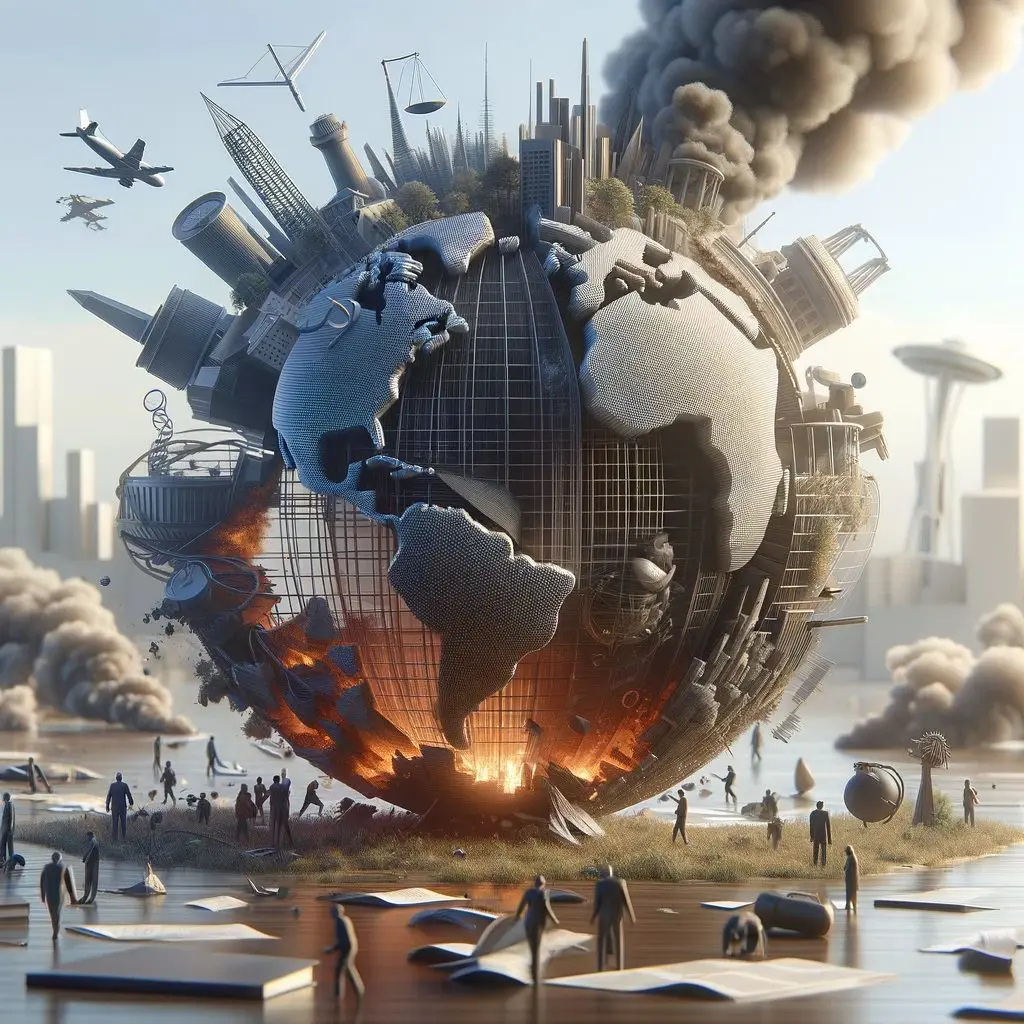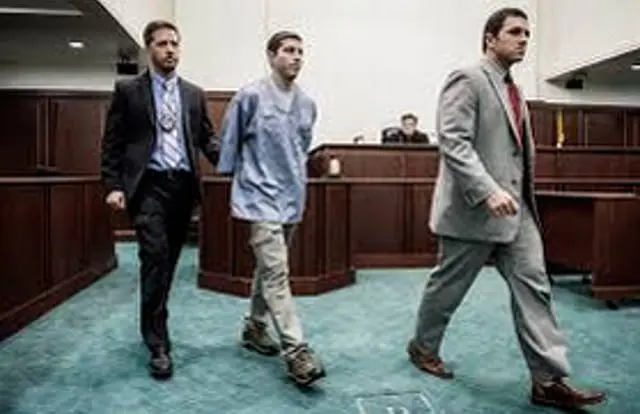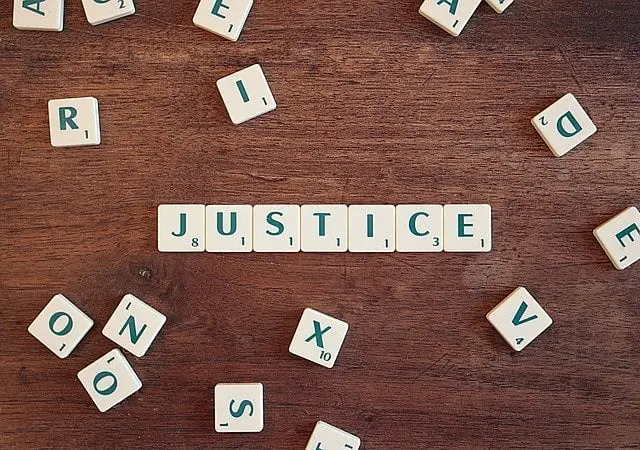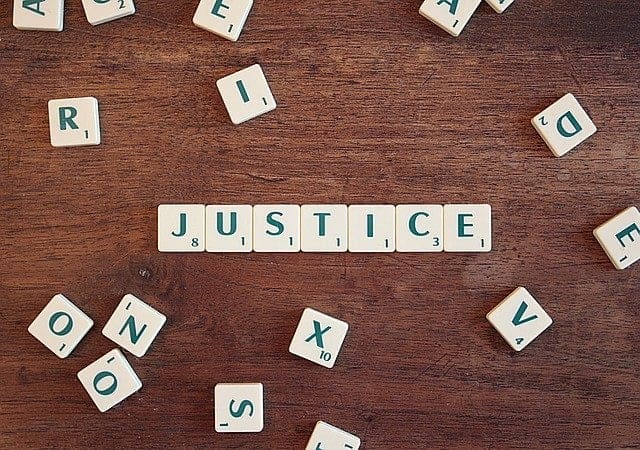It’s crucial to understand the intricate legal frameworks surrounding human-made disasters to navigate the aftermath effectively. From industrial accidents to environmental catastrophes, these events can have devastating effects on communities and the environment. In this comprehensive analysis, we will research into the complex legalities involved in such incidents, shedding light on the responsibilities of various stakeholders and the avenues available for seeking justice and compensation.
Historical Context of Human-Made Disasters
While human-made disasters have been a part of human history since ancient times, the understanding of their legal implications has evolved over the years. These disasters are distinctive in their origins, often stemming from human error, negligence, or malicious intent. In law, addressing the aftermath of such disasters has presented complex challenges that continue to shape legal frameworks worldwide.
Early Instances and Evolution
Any examination of the historical context reveals that early civilizations faced human-made disasters in various forms. From industrial accidents to warfare tactics, the repercussions of these events have left a lasting impact on communities and societies. Over time, as legal systems developed, there was a gradual recognition of the need to hold individuals and entities accountable for the consequences of their actions.
Pivotal Disasters in Modern History
An exploration of pivotal disasters in modern history sheds light on the evolution of legal responses to human-made catastrophes. Events such as the Chernobyl nuclear disaster, the Exxon Valdez oil spill, and the Bhopal gas tragedy highlighted the devastating consequences of industrial accidents and environmental negligence. These incidents prompted legislators and policymakers to enact stricter regulations and mechanisms for enforcement to prevent future disasters.
Modern legal frameworks emphasize the importance of accountability and compensation for victims of human-made disasters. The establishment of international conventions and treaties underscores a global commitment to preventing, preparing for, and responding to such catastrophic events. This ongoing evolution reflects a growing awareness of the complex interplay between human activities, legal responsibilities, and disaster mitigation.
Legal Frameworks Governing Human-Made Disasters
International Law and Conventions
Frameworks within international law play a crucial role in addressing human-made disasters on a global scale. Various conventions and treaties have been established to provide a framework for cooperation among nations in preventing, preparing for, and responding to such disasters. The United Nations, through agencies like the International Law Commission, plays a significant role in developing and upholding these legal instruments.
International conventions such as the Geneva Conventions and the Kyoto Protocol set standards and guidelines for states to follow in mitigating the impacts of human-made disasters. These agreements emphasize the importance of collaboration, information sharing, and accountability in addressing the root causes of disasters and ensuring effective response and recovery efforts.
National Legislation and Policies
Governing human-made disasters at the national level involves the enactment of legislation and policies that outline roles, responsibilities, and procedures for managing and mitigating various types of disasters. National governments play a pivotal role in developing frameworks that hold individuals, corporations, and public entities accountable for their actions that may lead to disasters.
Effective national legislation and policies empower authorities to enforce safety standards, conduct risk assessments, and implement measures to prevent human-made disasters. By integrating disaster management into national development plans, countries can enhance their resilience and response capabilities to minimize the impact of potential disasters on their populations and infrastructure.
Liability and Responsibility
To begin understanding the legal complexities surrounding human-made disasters, it is crucial to identify the liable parties involved.
Identifying Liable Parties
After a disaster occurs, determining who holds legal responsibility can be a convoluted process. From individuals to corporations, government entities to contractors, there are often multiple parties involved in the creation or response to a disaster. It is necessary to analyze the roles and actions of each party to ascertain their level of liability.
Legal Principles in Assigning Responsibility
To establish accountability in human-made disasters, legal principles play a critical role in assigning responsibility. Any negligence, misconduct, or breach of duty can lead to legal repercussions for the parties involved.
Assigning responsibility based on legal principles helps ensure that those accountable are held liable for their actions or inactions. By upholding legal standards and regulations, the justice system aims to prevent similar disasters from occurring in the future.
This process is crucial in promoting safety, ethical behavior, and accountability in all sectors.
Compensation and Remediation
Compensation Mechanisms for Victims
Victims of human-made disasters deserve compensation for the damages and losses they have suffered. Various compensation mechanisms exist to provide financial support to those affected. These mechanisms may include insurance claims, government assistance programs, and legal settlements from responsible parties. It is crucial for victims to seek out these avenues to help rebuild their lives and recover from the aftermath of a disaster.
Remediation Efforts and Environmental Restoration
Remediation efforts and environmental restoration are vital components in the aftermath of a human-made disaster. It is imperative to address the environmental impacts of such disasters to prevent further harm to ecosystems and public health. Remediation activities may include cleanup of hazardous materials, restoration of natural habitats, and implementation of long-term monitoring plans to ensure the safety of the affected areas.
It is critical that remediation efforts are carried out promptly and effectively to minimize the negative consequences of a human-made disaster. Government agencies, environmental organizations, and private companies must work together to develop and implement comprehensive remediation plans that prioritize the well-being of both the environment and the affected communities.
Regulatory Compliance and Preemptive Measures
To effectively address human-made disasters, it is necessary for industries to adhere to regulatory compliance and implement preemptive measures. By understanding industry-specific regulations and standards, organizations can proactively mitigate risks and prevent catastrophic events.
Industry-Specific Regulations and Standards
For each sector, there are unique regulations and standards set forth by government agencies to ensure safety and environmental protection. Compliance with these regulations not only avoids legal consequences but also fosters a culture of responsibility towards the community and the environment. Industries such as oil and gas, manufacturing, and transportation have stringent guidelines that must be followed to prevent disasters like oil spills, chemical leaks, or transportation accidents. Non-compliance can result in severe fines, legal actions, and reputational damage, making it imperative for companies to stay updated and compliant with the latest regulatory requirements.
Preventive Legal Strategies to Mitigate Future Disasters
Regulatory compliance is just the first step in preventing human-made disasters. Implementing preventive legal strategies is crucial to mitigate future risks and ensure the safety of employees, the public, and the environment. Companies can engage in internal audits, risk assessments, and emergency response drills to identify vulnerabilities and develop comprehensive plans to address them before a disaster occurs. By investing in training programs, safety protocols, and technology upgrades, organizations can reduce the likelihood of accidents and minimize their impact in the event of a disaster.
Regulatory bodies play a key role in overseeing and enforcing compliance with industry-specific regulations. They conduct inspections, issue permits, and provide guidance to ensure that companies are meeting the necessary standards to prevent disasters. By collaborating with regulatory authorities and adopting a proactive approach to safety and risk management, industries can create a resilient framework that safeguards against human-made disasters.
Legal Challenges and Controversies
Challenges in Transboundary Disasters
Controversies surrounding legal issues in human-made disasters often arise when incidents cross national borders, leading to complex jurisdictional challenges. When disasters affect multiple countries, determining legal responsibility and accountability becomes a convoluted process. Coordination among different legal systems, regulatory frameworks, and enforcement mechanisms poses significant obstacles in addressing transboundary disasters effectively.
Controversial Legal Decisions and Their Implications
Controversies in human-made disasters stem from contentious legal decisions that have far-reaching implications. From assigning liability to compensation distribution, these decisions can spark debates on fairness and justice. One controversial aspect is the prioritization of corporate interests over public welfare in legal proceedings, leading to skepticism regarding the impartiality of the legal system.
Implications
The implications of controversial legal decisions in human-made disasters are profound, impacting various stakeholders and influencing future disaster management strategies. Legal precedents established in high-profile cases can set precedents for similar incidents, shaping the legal landscape for years to come. It is imperative for legal systems to navigate these controversies with transparency and integrity to uphold the principles of justice and accountability.
Future of Legal Management in Human-Made Disasters
Emerging Trends and Legal Concepts
All sectors are constantly evolving, and the legal field is no exception when it comes to managing human-made disasters. Emerging trends and legal concepts are shaping the future of legal management in disasters. New areas of focus include climate change litigation, corporate liability for environmental harm, and the application of international law in transboundary disasters. These developments are crucial in holding responsible parties accountable and ensuring justice for victims.
The Role of Technology and Innovation in Legal Solutions
An integral aspect of future legal management in human-made disasters is leveraging technology and innovation to improve response strategies and streamline legal processes. One major trend is the use of artificial intelligence for risk assessment and prediction, enabling proactive measures to mitigate disasters. Additionally, blockchain technology is revolutionizing how legal documentation and evidence are stored securely, enhancing transparency and credibility in legal proceedings.
Legal professionals must stay abreast of these advancements to effectively navigate the complexities of human-made disasters and provide efficient and effective legal solutions. The intersection of technology and law presents opportunities to enhance disaster response and recovery efforts, ultimately ensuring better outcomes for affected communities.
Final Words
From above, it is evident that understanding the legal complexities surrounding human-made disasters is crucial for effective response, recovery, and justice. By conducting a comprehensive analysis of the myriad legal issues at play, stakeholders can better navigate the intricate web of liability, compensation, regulation, and enforcement that accompanies such events. This knowledge can inform policies, procedures, and frameworks aimed at preventing future disasters and holding responsible parties accountable.
As human activities continue to shape our environment and society, the importance of unravelling legal complexities in the aftermath of disasters cannot be overstated. By delving into the legal nuances that arise in the wake of these events, we can strive towards a more just, equitable, and resilient future. It is through a thorough understanding of the legal landscape that we can pave the way for effective disaster management and build a safer world for generations to come.
















